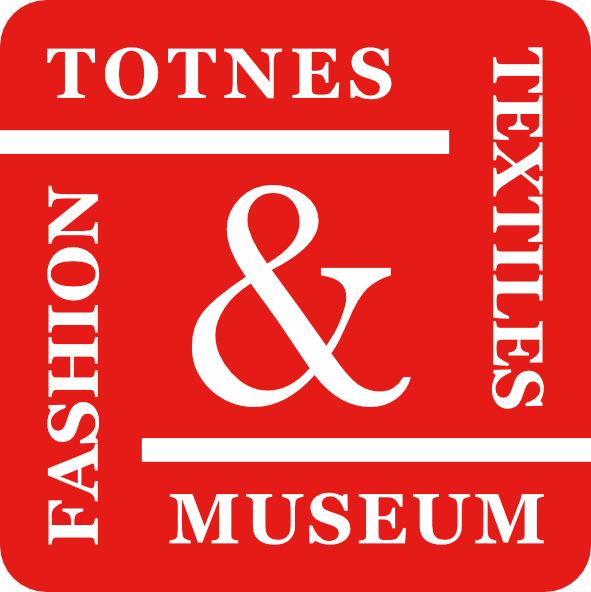The oldest items in the Collection are a pair of 17th century gauntlets made of fine leather and embroidered with silk, silver and gold thread. They feature on page 3 of the book of the Collection (available to purchase online). However, for some time, they have been too delicate to put on display.
On the advice of our curator, Julia Fox, the trustees have sought funds for their restoration, and we are extremely grateful that the Dorothy Bullard Trust, which specialises in supporting significant costume restoration projects, has generously given us a grant of two-thirds of the estimated cost.
This has enabled us to invite Morwena Stephens, a highly qualified and experienced restorer based at the Royal Albert Memorial Museum in Exeter, to carry out the work. The gauntlets are currently with her, and we hope to receive them back during the summer and to be be able to show them in our 2024 exhibition.




